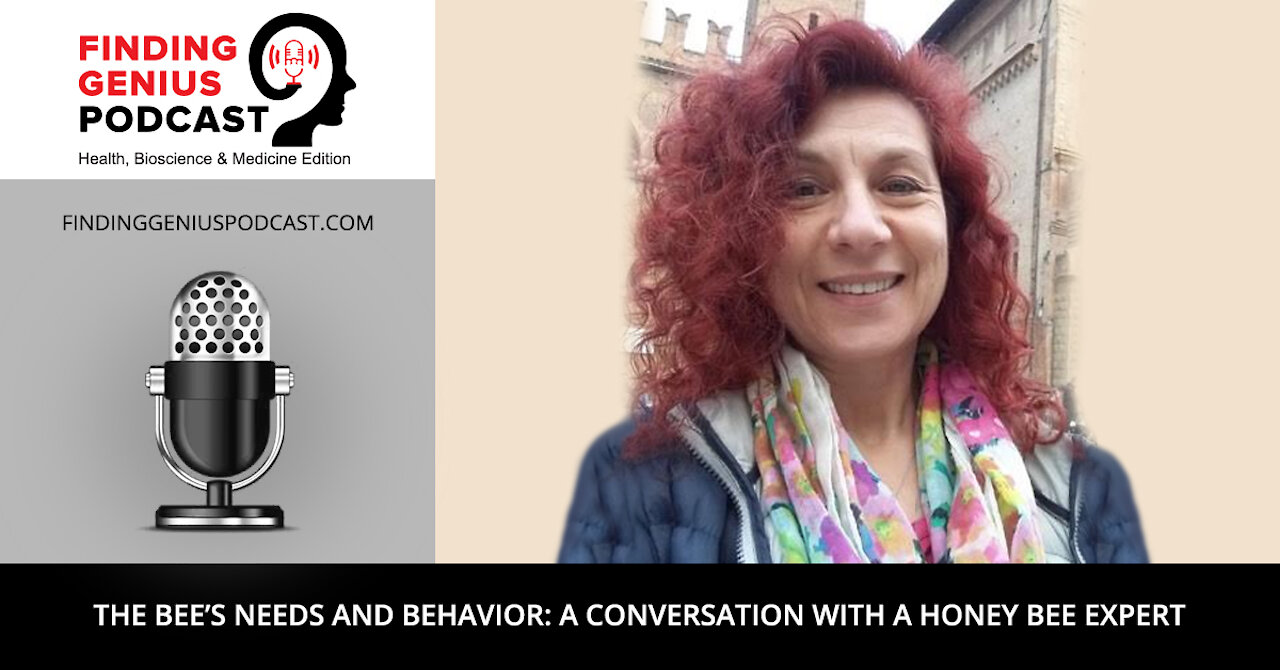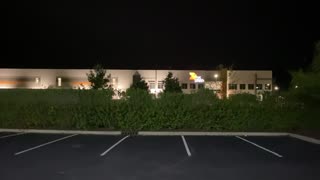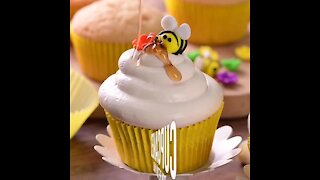Premium Only Content

The Bee’s Needs and Behavior: A Conversation with a Honey Bee Expert
“…Their society and community is so complicated, that in fact you cannot really have a straight answer for why something is happening. You need to see it from a global perspective, and look at it from different angles…it’s the complexity that makes it fascinating for me,” says Dr. Fani Hatjina of bees, which have been the subject of her work for her entire professional life.
She focuses specifically on social honey bees, and joins the show to discuss her current research goals and insights.
Press play to discover:
What royal jelly is, and how it is used by bees and humans
How nectar is converted to honey
Why beekeepers and scientists are particularly interested in studying and monitoring beehives during the winter months, and the challenges to doing so
How bees carry pollen back to the beehive
Dr. Hatjina is Director of the Institute of Animal Science & Department of Apiculture in Greece. After completing her PhD on the pollination behavior of bees, she went on to pursue additional research.
Currently, her focus is on finding ways of increasing the resistance of local honey bee populations against a primary pest (the varroa mite), searching for alternative methods of controlling disease without chemicals, improving and preserving the local population of honey bees in Greece for the benefit of the species and for beekeepers, and studying the effects of pesticides and other environmental stressors on bees, such as the presence of heavy metals, and even chemicals that are used by beekeepers inside bee colonies.
Dr. Hatjina explains ‘pollination behavior,’ which includes the way bees move inside the colony and on flowers or crops, how efficiently they transport pollen, and when they transport pollen. The idea is that by gaining a deeper understanding of this behavior, pollination efficiency can be increased.
She also comments on the “many gaps in knowledge” when it comes to understanding what triggers the increase of pathogens and bee mortality in winter. Sensors inside or underneath bee colonies are being implemented in order to gain a better idea of the possible variables contributing to it, as well as generate some sort of image of what is going on within a bee hive during winter months. Infrared light can also be used to gather valuable information about the heat generated by the bees, the size of the swarm inside a colony, the position of bees inside a colony, and how these things can change according to the external temperature.
Interested in learning more? Tune in for the full conversation and check out Dr. Hatjina’s publications at https://www.researchgate.net/profile/Fani_Hatjina.
Available on Apple Podcasts: apple.co/2Os0myK
-
 3:52
3:52
WKBW
4 years agoA CONVERSATION WITH RICH BARNES
450 -
 3:50
3:50
WKBW
4 years agoA CONVERSATION WITH ROSS CELLINO
73 -
 0:53
0:53
Odie's channel
4 years agoConversation with Odie
62 -
 2:05:51
2:05:51
Talk Show
4 years ago $0.01 earnedConversation and interview with Levi Steedman
31 -
 46:12
46:12
marcushemingway
4 years ago $0.01 earnedA Great Conversation with a Great woman
70 -
 50:32
50:32
marcushemingway
4 years agoA Great Conversation with a Great Young Man
26 -
 1:04
1:04
Public Interest and Entertainment
4 years ago $0.01 earnedConversation with a bird!
73 -
 2:12
2:12
KJRH
4 years agoExpert advise on dealing with anxiety
62 -
 1:02
1:02
KiwiLimon_SeasonalRecipes_English
4 years agoCupcakes with Honey Bitumen
29 -
 1:02:11
1:02:11
The Dan Bongino Show
17 hours agoSunday Special with Vince Coglianese, Rep. Tim Burchett, Rep. Byron Donalds & Vivek Ramaswamy
173K260